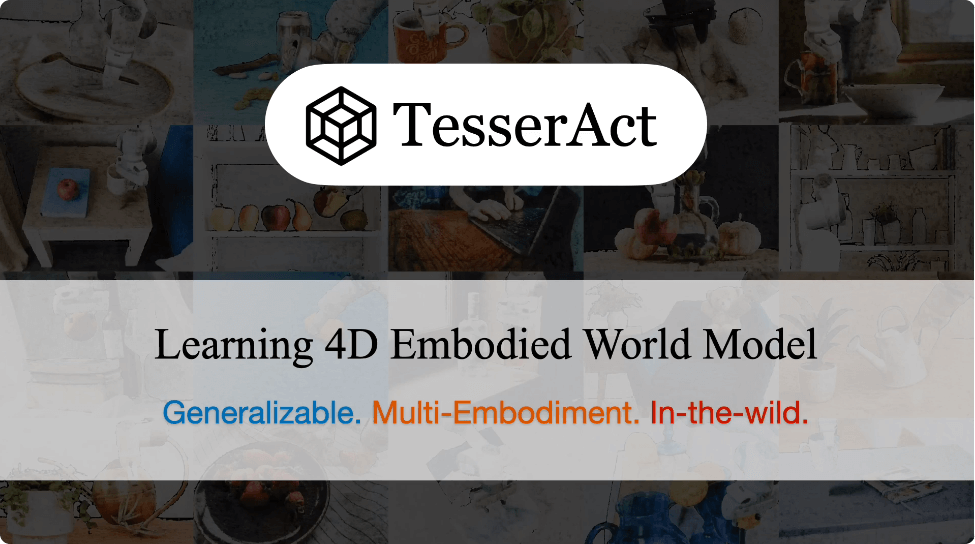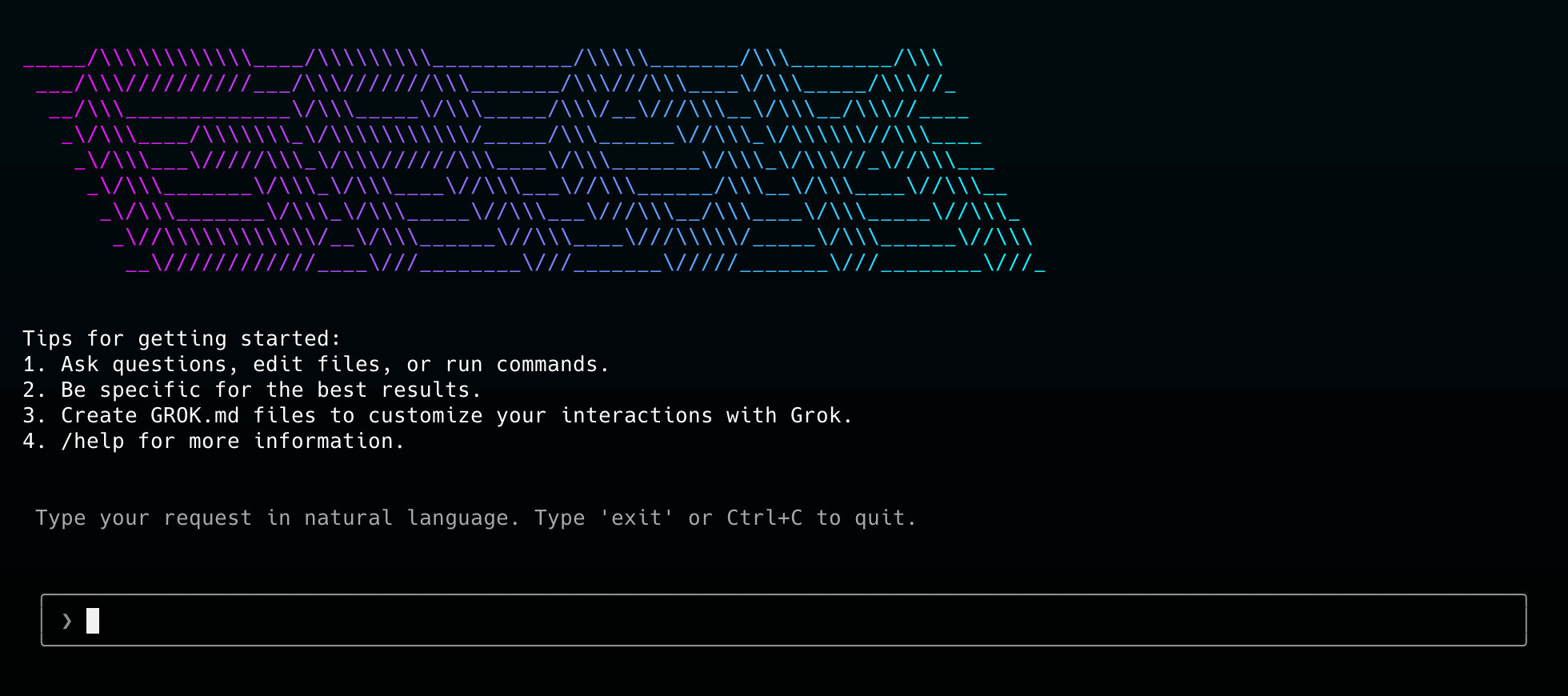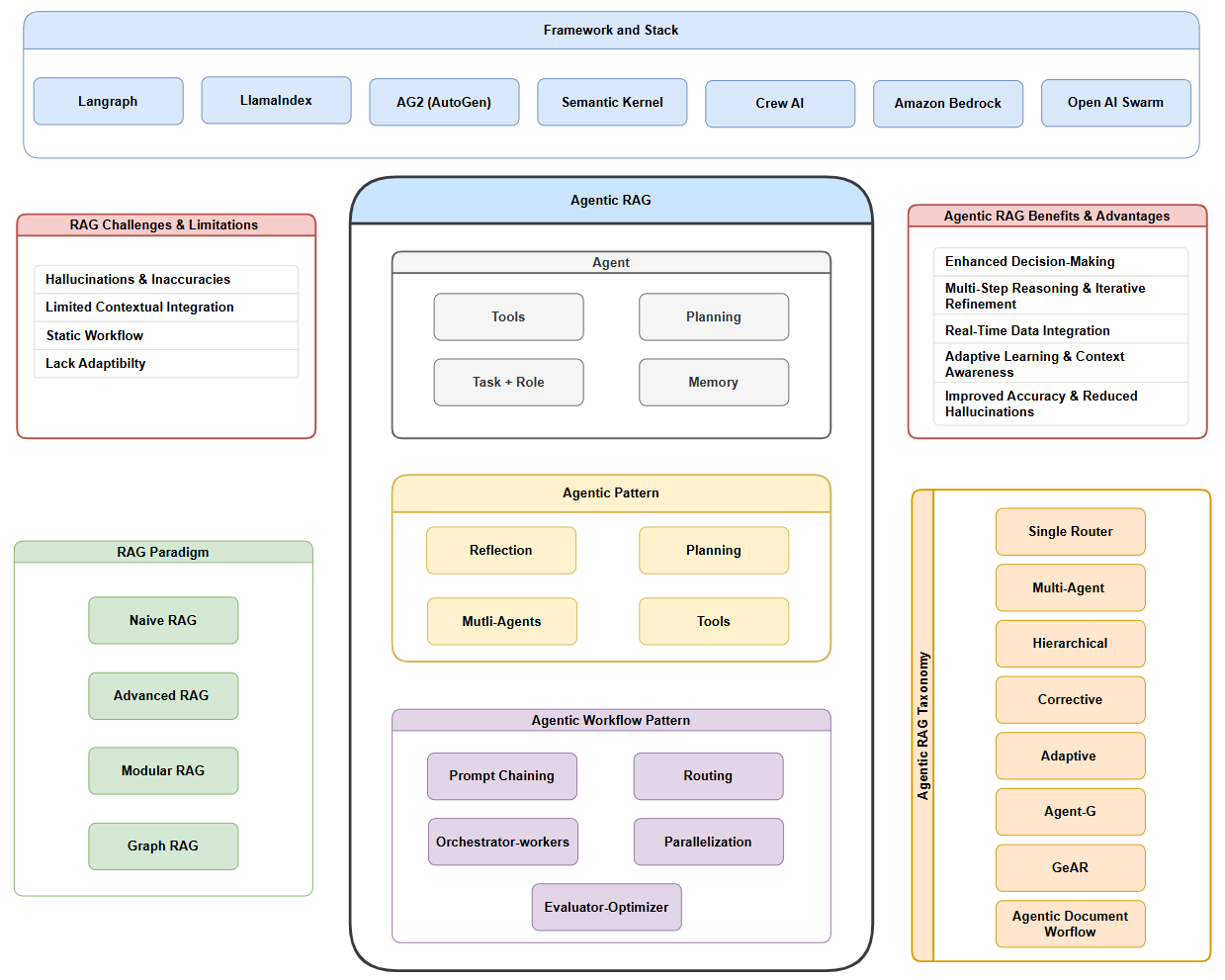HawkinsDB: Enabling AI to Store and Recall Information Like Humans
What is HawkinsDB?
HawkinsDB is an open-source, neuroscience-inspired memory layer designed to enhance AI systems with human-like memory capabilities. Drawing inspiration from Jeff Hawkins’ Thousand Brains Theory, this Python-based framework aims to provide large language models (LLMs) with a more structured and context-aware memory system, moving beyond traditional vector databases.

Key Features
-
Unified Memory Framework: Integrates semantic, episodic, and procedural memory types into a single cohesive system, enabling AI to access and relate diverse information seamlessly.
-
Context-Aware Queries: Allows for precise and meaningful data retrieval by understanding the relationships and contexts within stored information.
-
Neuroscience-Inspired Architecture: Utilizes concepts like Reference Frames and Cortical Columns to mimic the human brain’s method of processing and storing information.
-
Flexible Storage Options: Supports storage backends like SQLite and JSON, catering to various deployment needs.
-
Natural Language Interaction: Facilitates intuitive interactions with the memory system through natural language queries, enhancing usability.
Technical Principles
HawkinsDB’s architecture is grounded in neuroscience concepts:
-
Reference Frames: Serve as containers for knowledge, capturing objects, their attributes, and interrelations, akin to how the brain contextualizes information.
-
Cortical Columns: Emulate the brain’s parallel processing units, enabling the system to process information from multiple perspectives simultaneously.
-
Integration with ConceptNet: Enhances the system’s understanding by incorporating a vast semantic network, enriching the AI’s knowledge base.
Project Repository
Explore the project on GitHub: https://github.com/harishsg993010/HawkinsDB
Application Scenarios
-
Intelligent Customer Support: Leverage HawkinsDB to provide AI-driven customer service that can recall past interactions, understand context, and offer personalized assistance.
-
AI Agents with Memory: Integrate with frameworks like HawkinsAgent to build AI agents capable of learning and adapting over time through enriched memory systems.
-
Retrieval-Augmented Generation (RAG): Utilize HawkinsRAG, built atop HawkinsDB, to implement advanced RAG systems supporting over 22 data sources.
-
Educational Tools: Develop AI tutors that can remember student interactions, tailor learning experiences, and provide contextually relevant information.
HawkinsDB represents a significant step towards creating AI systems that not only process information but also understand and recall it in a manner akin to human cognition. By integrating principles from neuroscience, it offers a robust foundation for building more intelligent and context-aware AI applications.
Related Posts




